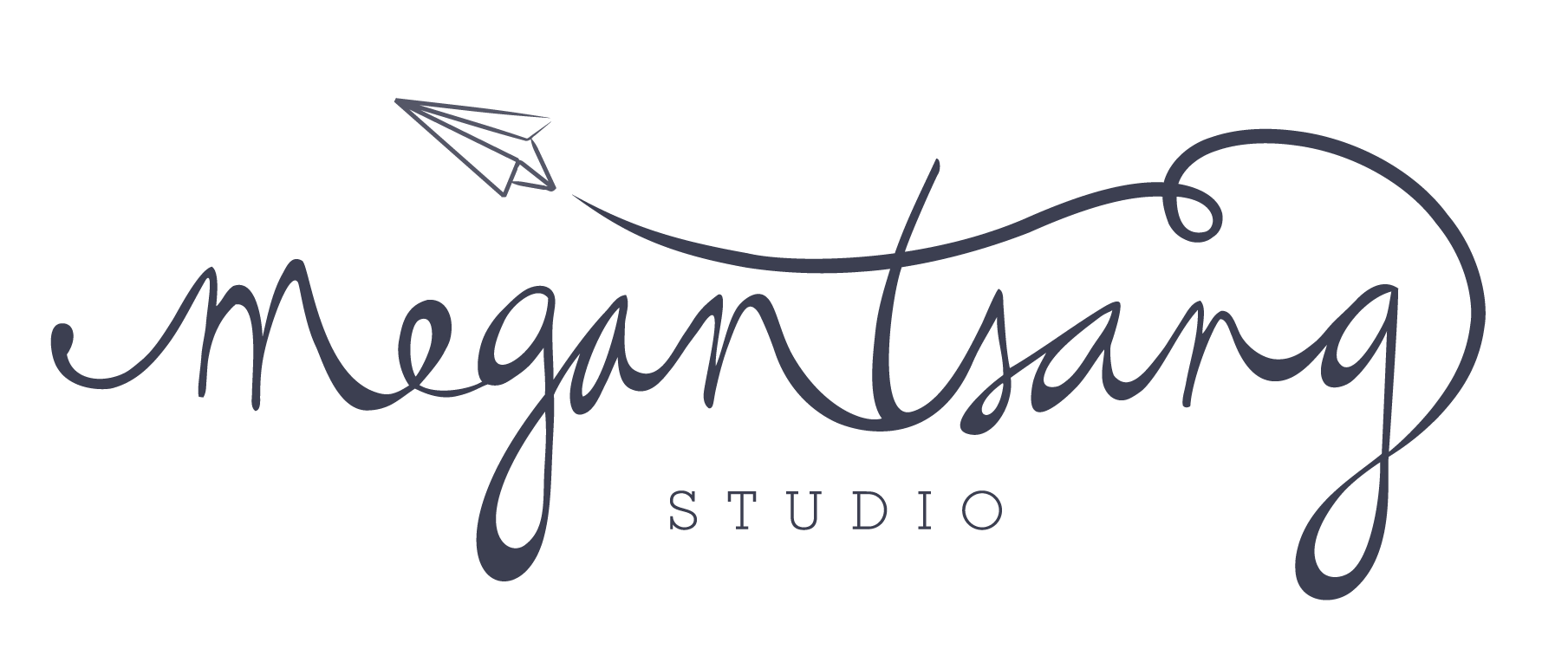The Long Lost
I am tremendously proud of my heritage and culture. Knowing that my family had to start from scratch when they moved to the states, I've become so proud of everything they've overcome and accomplished to make a great life for me. I love to boast about all the things they've done. My great grandfather who was the first to come to the states in the early, early 1900s and gained his citizenship as a result of the 1906 earthquake in San Francisco. My family who is from Chicago and Detroit. My mother who was born in Mississippi. My grandfather who was in the Army. My father who fought in the Vietnam War. My aging grandmother who volunteers and helps the elderly. My grandfather who was born on the day of the Harvest Moon (when the moon is red and huge in the autumn). My great uncle who made House of Tsang Sauce. And my great uncle, Dong Kingman, who was a famous watercolorist.
Over the years, my sister, Meredith, has searched for his books and publications, many of which are out of print. I have always been anxious to see his painting in person. I researched to find some his paintings but never could find them locally. When my friend visited in September, he suggested we explore the MoMA in San Francisco. I walked up the stairs to the first level of galleries and immediately spotted Dong Kingman's painting amongst all the other artwork. I nearly screamed when I saw it. After all the years of becoming familiar with his work, I was sooooo excited to finally see his work in person. This was my relative! woot.
(Below is his painting on display at the Museum of Modern Art in San Francisco)

This is what Wikipedia has to say about him
Dong Kingman was a Chinese American artist and one of America's leading watercolor masters. As a painter on the forefront of the California Style School of painting, he was known for his urban and landscape paintings as well as his graphic design work in the Hollywood film industry. He has won widespread critical acclaim and his works are included in over 50 public and private collections worldwide, including Metropolitan Museum of Art, Museum of Fine Arts, Boston; Brooklyn Museum; deYoung Museum and Art Institute, Chicago.
During the 1950s, Kingman served as a United States cultural ambassador and international lecturer for the Department of State. In the 1950s and 60's, Kingman worked as an illustrator in the film industry, designing the backgrounds for a number of major motion pictures including "55 Days at Peking" , The Sand Pebbles and the Hollywood adaptation of "Flower Drum Song". Over 300 of his film-related works are permanently housed at the Fairbanks Center for Motion Picture Study at the Margaret Herrick Library of the Academy of Motion Picture Arts and Sciencesin Beverly Hills, California.
In 1981, Kingman made history as the first American artist to be featured in a solo exhibition following the resumption of diplomatic relations between the U.S. and China when the Ministry of Culture of the People's Republic of China hosted a critically acclaimed exhibition that drew over 100,000 people.
p.s. If you were wondering why his name isn't Tsang and instead Dong Kingman.... Kingman is actually the phonetic translation of his Chinese first name, and Dong is the translation of his last name. (Tsang and Dong in english are the same in Chinese) In Chinese, one's surname precedes the first name, thus Dong Kingman.
